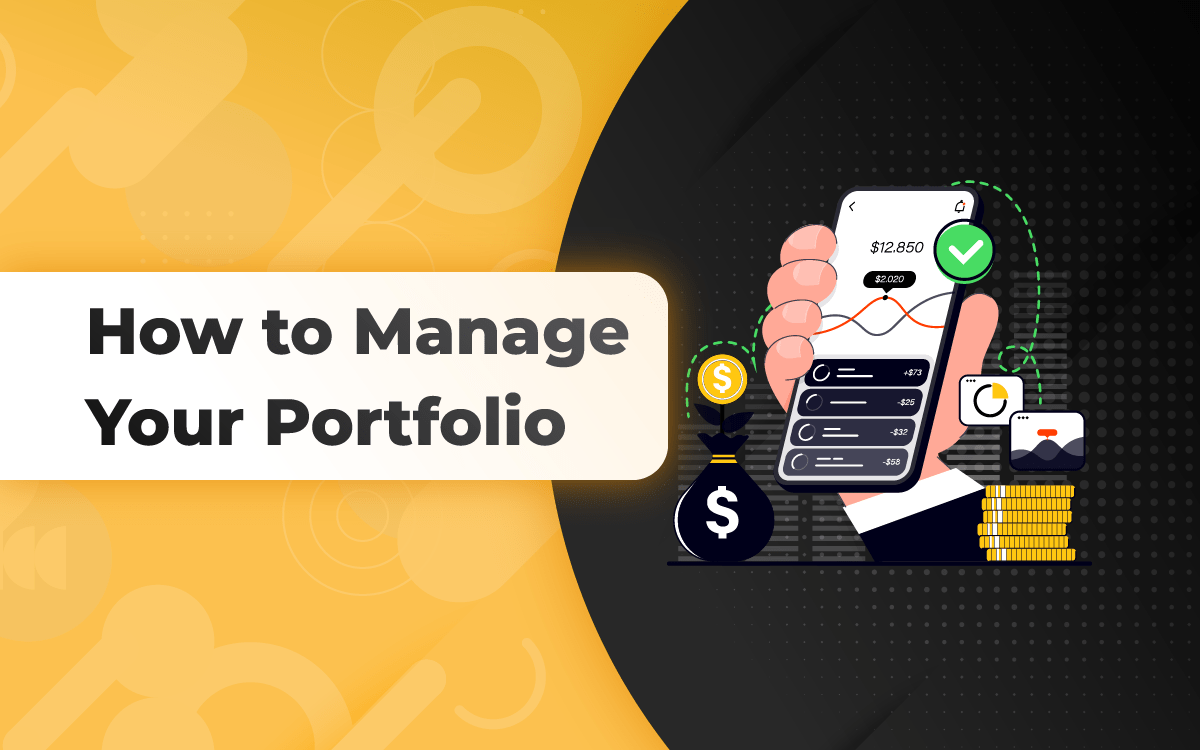1. What is a portfolio?
A portfolio is a list of your investments. A well-planned and managed investment portfolio can help investors survive a personal or economic crisis. The prudent accumulation and management of an investment portfolio is a skill that can be learned and applied effectively.
To select good investments for your portfolio, it is recommended to consider two factors: asset allocation and diversification.
Asset allocation
Your asset allocation is the mix of different types of investments that you hold. Typically, investors talk about three main types of investments or classes of assets:
- Stocks, which are also called equities
- Bonds, also known as fixed-income securities
- Cash and cash equivalents
There are other asset types collectively known as alternatives, including real estate, commodities, and more. For recent years, cryptocurrencies have been emerging as a high-yield substitute that more and more investors are interested in.
Your portfolio can be influenced by various factors, amongst which, risk tolerance and investing timeframe are the most important.
Diversification
Diversification is putting your money in different investments in order to manage or potentially reduce the risks. Instead of betting all money in the stocks of a single company or industry, wise investors often seek to invest in various companies or different asset classes, i.e. you could invest not only in stocks but also in bonds, cryptocurrencies or real estate, etc.
This may lower the threats you have to face because your investments are less vulnerable when a single company or industry fails.
2. How to Manage Your Portfolio
Once you have created a diverse portfolio that meets your objectives, you have to keep an eye on several management tasks you may want to perform from time to time:
- Check performance. Check on your investments on a regular basis to see how they are doing. Investing is a long-term pursuit and monitoring your investments is about watching how they perform from time to time.
- Stay informed. Keep an eye on news and events related to companies and industries that you’re invested in. Carefully check the trends or possible future developments that could affect your investments.
- Monitor your asset allocation. Take a close look at your investment mix periodically to ensure that it is still aligned with your investment goals and risk tolerance.
- Rebalance. Your risk tolerance may change over time, which will affect your asset allocation – how you choose to divide your money among various types of investments such as stocks, fixed-income securities, cash, and real estate.
Understanding these fundamental principles is the first step toward developing an investment portfolio. While learning to invest properly may not guarantee success, it may help you avoid common mistakes that newbies may face. You should develop skills in fundamental investment analysis, financial statement analysis, and technical analysis of price charts, etc. and employ those skills to make a final decision.
To help users build a suitable portfolio, LiveTrade has introduced a list of stocks of leading companies in Vietnam on LiveTrade App. Moreover, users can acquire tokenized US stocks by using our LiveTrade DApp in the near future. With these trustworthy investments, investors will be able to minimize potential risks and maximize the profit they can earn.
Stay tuned and get more useful investment tips with us!




